How to say “thats not cool” to your boss
The Respect@Work Amendment Act is making sure workers are protected and empowered to address unlawful sexual harassment in the workplace. Here's what you need to do make sure you're compliant.
Parental leave is unpaid leave available to an employee for the birth or adoption of a child. When an employee or their partner falls pregnant, or they choose to adopt, it is a busy time for both expecting parents and employers. Like a birth plan, employers should thoroughly prepare for the departure (and return) of an employee taking parental leave to ensure a smooth transition. An effective parental leave process will ensure ongoing productivity and employee satisfaction. And – we promise it will be easier to implement than a birth plan!
Parental leave entitlement
An eligible permanent or casual employee will be entitled to 12 months of unpaid parental leave if they:
In relation to birth-related leave, either the individual giving birth, or the spouse or de-facto partner of an individual giving birth, is entitled to parental leave if they have or will have responsibility for the care of the child (except when concurrent leave is taken).
In relation to adoption-related leave, the child must be under 16 and must not have lived continuously with the employee for 6 months or more as at the day of placement, and must not be a child of the employee or their spouse or de facto partner.
Further, eligible employees have a return to work guarantee. Once parental leave ceases, the employee is entitled to return to their pre-parental leave position. If this no longer exists, the employer must offer them any available position which the employee is qualified to perform, and which is nearest in status and pay to their pre-parental leave position.
Flexible unpaid parental leave
A recent amendment to the Fair Work Act 2009 (Cth) allows employees who are entitled to unpaid parental leave, to use 30 days of their 12-month entitlement as flexible unpaid parental leave days.
While unpaid parental leave must be taken in a continuous period, flexible unpaid parental leave can be taken for one or more days at a time within 24 months after the birth or adoption. However, it can only be taken once unpaid parental leave ceases and will not be available if the employee chooses to use their full 12-month entitlement in one continuous block.
Employers cannot refuse a request to take flexible unpaid parental leave.
Eligible employees
Permanent employees will be eligible for parental leave if they have completed 12 months of continuous service with their employer immediately prior to:
a) immediately prior to the date of birth or expected date of birth (if birth-related); or
b) immediately prior to the day of placement (if adoption-related); or
c) immediately after an employee’s partner’s parental leave ends; or
d) if parental leave is to be taken within 12 months of the birth or placement, the date on which the employee’s parental leave is to start.
Continuous service can be worked out through a simple calculation:
Period of employment – (minus) excluded periods = (equals) continuous service
“Period of employment” is the period during which the employee is employed by the employer. This includes any period of employment where the employee was a regular casual employee. It also includes any period of employment with a previous employer if there was a transfer of business.
“Excluded periods” include the following:
Casual employees will be eligible for parental leave if they have been a regular casual employee for at least 12 months (whether continuously or for a sequence of periods) prior to (a) – (d) above, and they would have had a reasonable expectation of ongoing regular and systematic work with the employer but for the birth or adoption.
A regular casual is not defined under the legislation, but it has been interpreted broadly to include where the employee works a pattern of days or hours, or the casual is regularly offered shifts and these shifts are regularly accepted.
Ineligible employees
If an employee is not eligible for parental leave because they don’t meet the above criteria or any other more generous criteria in their contract of employment, an enterprise agreement or company policy, the employer should still consider granting a period of leave, whether paid (such as annual leave) or unpaid.
Refusing to grant leave to a pregnant employee poses a discrimination risk, especially if other employees have been granted paid or unpaid leave for various other reasons. Under the Sex Discrimination Act 1984, pregnancy or potential pregnancy is a protected attribute. This means that an employer cannot treat an employee who is pregnant less favourably than an employee who is not pregnant. As such, employers should discuss a reasonable period of leave to be taken with the employee, taking into consideration both the needs of the employer and employee.
If the employer cannot grant leave, the reasons for this should be well-documented in order to mitigate a discrimination risk.
Employees on parental leave during a transfer of business
If an employee is on a period of parental leave while there is a transfer of employment being undertaken in relation to that employee, they are entitled to remain on leave for the period agreed with the initial employer.
Stillbirth and death of a child
An employee remains entitled to unpaid parental leave, upon experiencing a:
Employers must not ask an employee to return to work, or cancel their unpaid parental leave, upon the occurrence of either of the above two experiences. An employee should be offered compassionate leave if this occurs, which can be taken while on parental leave.
If an employee who has experienced either of the above wishes to return to work early from parental leave, they must provide 4 weeks’ notice. If the employee has not yet undertaken parental leave, they simply need to provide notice that they will no longer be taking leave. The employer can then either agree or refuse to this earlier return to work.
Step 1: Upon being notified that an employee is pregnant, the employer must engage regularly with the employee regarding their fitness for work through regular, informal wellbeing catch ups, and where practical, put in extra measures to support their safety.
Employers should request a medical certificate from an employee who wishes to work within 6 weeks of the expected date of birth, which confirms whether the employee remains fit for work. When requested within 6 weeks of the expected date of birth, an employee’s failure to provide this within 7 days, or confirmation from their treating practitioner that the employee is not fit for work, allows the employer to direct the employee to commence parental leave.
Further, the following forms of leave are available for employees entitled to unpaid parental leave:
Unpaid Special Maternity Leave
Female employees may take leave under special maternity leave entitlements in the following circumstances:
No Safe Job Leave
No safe job leave is a form of paid leave that can be taken by female employees where their employer cannot provide them a job that is conducive to their health and safety while pregnant.
An employee may provide evidence from their treating practitioner that it is not safe for them to perform their current role, e.g., if the role is physical in nature or exposes the employee to certain chemicals. In this instance, the employer is obliged to move the employee into a safe job and continue to pay them at the same rate of pay for the same hours of work, with the same entitlements.
However, where no safe job exists in the business, the employee is entitled to paid, no safe job leave. Permanent employees will receive their base rate of pay for their ordinary hours of work, while casual employees will receive their base rate of pay (exclusive of casual loading) for the average number of hours they would have worked for the period of leave, had they not been on leave.
Step 2: Ensure the intended start and finish date for parental leave is confirmed by the employee in writing at least 4 weeks before the employee intends to start their leave. You may request evidence of the expected date of birth or day of placement.
Common oversight: Failure to confirm an employee’s return date before they undertake a period of parental leave makes it difficult to set clear time frames for parental-leave cover positions and creates unnecessary confusion between the employer and employee.
Notification timeframes
Employees must give their employer written notice of their intention to take parental leave 10 weeks prior to the intended start date. This must specify:
This notice must also include their intention to take flexible unpaid parental leave and specify how many days of flexible unpaid parental leave they intend to take.
At least 4 weeks before the intended start date, the employee must confirm the above or advise of any changes to the above. If an employee fails to comply with the above, unless it is not practicable to do so within these timeframes, they will be ineligible for parental leave.
These requirements also apply to concurrent leave.
Start dates
If the leave is birth-related, pregnant employees may start their leave 6 weeks before the expected date of birth, but no later than the date of birth. However, an employer and employee may agree to the employee starting their leave earlier by agreement.
If the leave is birth-related but is being taken by an employee who is not pregnant, the leave must start on or after the date of birth.
If the leave is adoption-related, leave must start on or after the day of placement.
If leave is to be taken by both parents (except if concurrent leave is being taken), the second employee’s leave must start immediately after the end of the first employee’s period of parental leave.
Concurrent leave
Concurrent leave is where both parents take parental leave at the same time. This must occur within 12 months of the birth or adoption.
Concurrent leave can be taken for up to 8 weeks, continuously or in separate periods no shorter than 2 weeks each. Concurrent leave must not start before the date of birth or day of placement.
Note: Employee couples are entitled to 12 months of unpaid parental leave between them. Therefore, a period of concurrent leave is deducted from this total. For example, if both parents take parental leave concurrently for 4 weeks, their total parental leave entitlement will be reduced by 8 weeks.
Premature births and birth-related complications
Employers can agree with their employers to postpone their parental leave and continue working if the employee experiences a:
The employee will commence parental leave at whichever of the below comes first:
Step 3: Assist the employee to remain financially secure during their parental leave period.
Common oversight: While employers are not obliged to advise employees of their eligibility for payment through their parental leave period, having a conversation with an employee about their options will make them feel valued and also help to reduce their stress levels, thus assisting them to remain focused on their work obligations prior to the taking of parental leave.
An employee may apply to receive Parental Leave Pay or Dad and Partner Pay through Services Australia (also known as ‘Centrelink’) while they remain on parental leave. It is the responsibility of an employee to check their Dad and Partner Pay eligibility and apply for this payment; however, employees may elect for payments to be transferred through their employer. Services Australia will notify you of an employee’s decision to receive payments through their employer, and an acceptance notice, or request for review must be submitted within 14 days as per the instructions provided.
Parental Leave Pay
An employee who has given birth to a child and is the newborn’s primary carer, or the initial primary carer of an adopted child, will be entitled to Parental Leave Pay from the Australian Government if certain criteria are met, including the income and work test. These tests have recently been amended to accommodate for the impacts of COVID-19.
An application for Parental Leave Pay must be made within 34 weeks of the birth or adoption, and eligible employees can receive up to 18 weeks (90 days) paid at the national minimum wage.
Dad and Partner Pay
An employee who is a newborn’s biological father, partner of the birth mother, adoptive parent or partner of the adoptive parent, and is taking time off work to care for the child, will be entitled to Dad and Partner Pay from the Australian Government if certain criteria are met, including the income and work tests.
An application for Dad and Partner Pay must be made within 50 weeks of the birth or adoption and eligible employees can receive up to 2 weeks paid at the national minimum wage.
Accessing paid leave entitlements
Employees receiving Parental Leave Pay are entitled to concurrently receive paid leave entitlements from their employer.
Paid leave entitlements may include discretionary paid parental leave provided by the employer as per a business policy or enterprise agreement. Alternatively, employees may apply to take annual leave or long service leave while on parental leave. These requests must not be unreasonably refused.
Note: Employees on Dad and Partner Pay cannot receive paid leave from their employer for the same period they are receiving this government payment. However, employers can make discretionary top up payments to these employees so that they continue to receive their normal wage.
Step 4: If required, engage an employee as a parental leave cover to perform the role of the employee taking parental leave, on an appropriate agreement.
Common oversight: Failure to use the correct employment agreement when engaging a parental leave cover can cause employment relations issues at the date upon which the employee on parental leave is set to return.
Options for parental leave cover:
If the employee is performing a different role, a variation agreement can be entered into with the employee: noting that for the timeframe provided in step 1, they will be performing the parental leave cover role, however, all other terms and conditions of their employment will remain the same. This may come with an increase in hours and a potential salary increase. Again, the variation agreement must note that at the end of this timeframe, their employment will revert to that which is within their pre-existing employment contract.
Step 5: Keep in touch with the employee while they undertake their parental leave.
Common oversight: Failure to engage with an employee while they undertake parental leave may not only create relationship issues between the employer and employee upon their return to work and cause the parties to potentially mistake when the employee is returning, but can also create performance issues if the employee is not kept up to date with important workplace or industry changes.
We recommend that employers check in with employees on parental leave every three months, to see how they are going, to answer any questions the employee may have, and to keep them up to date with important workplace changes. At least 4 weeks before the employee’s return date, employers should remind them of this date and ensure they are ready to return.
Keeping in touch days
Once an employee returns to work, their parental leave is deemed to have ceased even if they have not utilised their total entitlement (although flexible unpaid parental leave may still be available). However, an exception to this is “keeping in touch” days. Employees are entitled to 10 (ten) keeping in touch days.
A keeping in touch day must:
A keeping in touch day will be counted as service by the employee, meaning the employee will need to be paid as normal for the day worked and will accrue paid leave on this time. However, keeping in touch days do not extend the employee’s parental leave entitlement.
Redundancy
If a restructure, or other operational process occurs that places an employee’s role at risk of redundancy, consultation should be undertaken with them during parental leave. A common mistake is that employers wait until the employee returns from parental leave to engage them in consultation. This approach is non-compliant because consultation should occur as soon as the role is placed at risk, and employees on parental leave must continue to be treated as current employees of the business.
A best practice approach is to engage in consultation with the employee while they are on parental leave, at the same time you are engaging in consultation with all other affected employees. However, you do not need to proceed with redundancy while the employee is on parental leave. If there is a chance that redeployment options may arise when the employee is due to return to work, you can wait until they return to provide an outcome.
Extending and reducing parental leave
Employees are entitled to 12 months of unpaid parental leave, however, they can request to extend this leave for up to a further 12 months to occur immediately after the end of the initial 12-month period.
Employees must request this extension in writing, 4 weeks before the end date of their initial period. The request should be accompanied by information as to the amount of parental leave taken by the other parent (if applicable).
Employers must agree to any period of unpaid parental leave beyond the initial 12-month period, and their agreement or refusal must be provided in writing to the employee within 21 days of the request being made. The Employer may only refuse a request if the employee has been provided an opportunity to discuss their request, and the refusal must be based on reasonable business grounds (and these must be set out in writing).
Reasonable business grounds are not defined; however, they may include adverse impacts on the business’s productivity or customer service, the inability to cover the employee’s position for a further period or the inability to manage the employee’s workload across other employees.
Employers cannot agree to employees taking unpaid parental leave for longer than 24 months.
On the other hand, an employee can request to reduce the parental leave agreed to in Step 1, but the employer can grant or refuse this on any grounds and no written confirmation of this decision is required.
Step 6: Provide added support to the employee upon their return to work to ensure a smooth transition back into the workplace.
Common oversight: Failure to provide an adequate induction back into the workplace for an employee returning from parental leave can cause a decline in productivity.
When an employee returns to the workplace, especially if keeping in touch days have not been utilised, a structured induction should be organised, similar to when a new employee is onboarded.
The employee must not be treated as if they are new to the employee’s systems and processes, but rather should be provided sufficient support to ensure the employee efficiently refamiliarises themselves with any company-specific procedures or industry-specific knowledge. This may involve a reduced workload in the first couple of weeks, regular check-ins, and/or offering training opportunities or other support.
An employee may also require a private place to express milk and access to a fridge for storage purposes.
To stay up-to-date with the latest parental leave rules as a manager or employer, you can visit Fair Work’s Best Practice Guide or Maternal & Parental Leave pages. The latter provides detailed information on maternity leave entitlements, paternity and partner parental leave, adoption leave, special maternity leave and no safe job leave.
And if you’re looking for expert HR services, support and advice for your organisation, simply contact PerformHR in various locations around Australia. We can help you make sense of the complex and maintain compliance while bringing the best out in your team.
“An effective parental leave process will ensure ongoing productivity and employee satisfaction”
Everything you need to know.
The Respect@Work Amendment Act is making sure workers are protected and empowered to address unlawful sexual harassment in the workplace. Here's what you need to do make sure you're compliant.
At PerformHR we understand the importance of creating a workplace that prioritizes employee wellness and we know the benefits of it!
Managing workplace investigation issues relies on ensuring your processes are founded on procedural fairness.
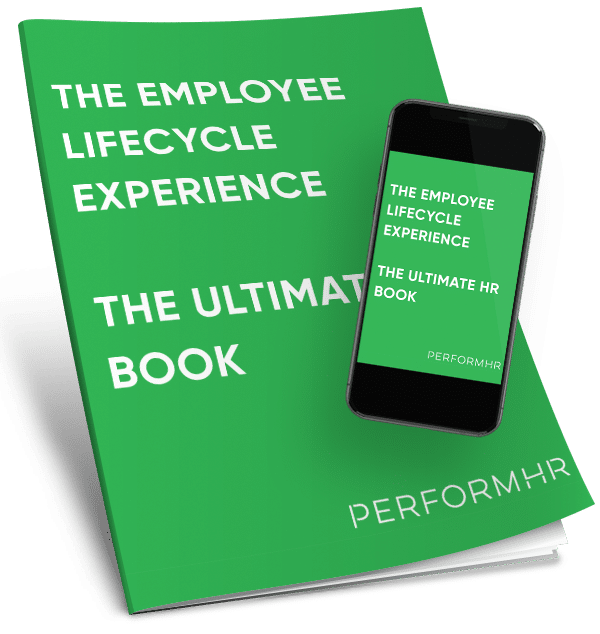
The ultimate HR eBook to benefit every business. Click here to learn more, or download the eBook for free using the form below.
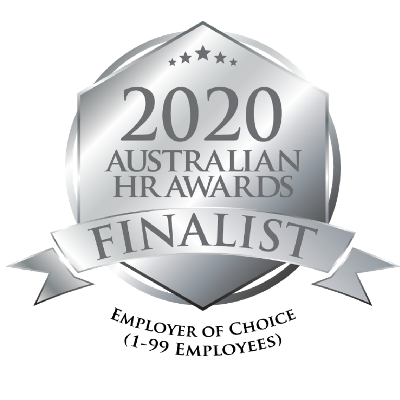
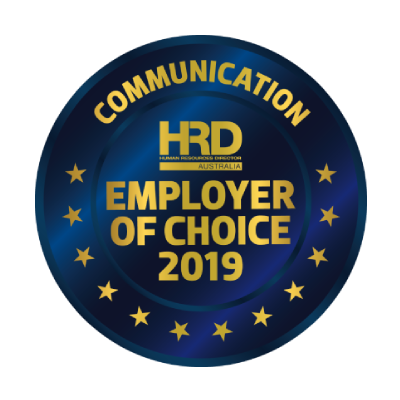

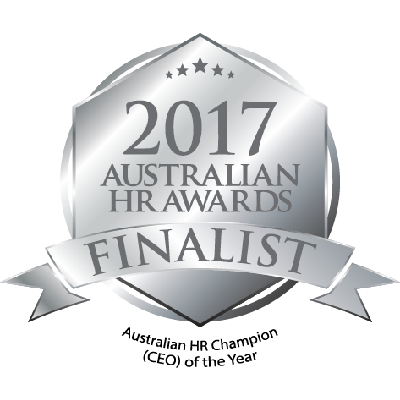
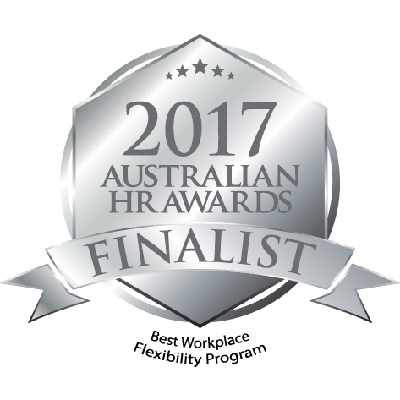

© 2024 PERFORMHR. All rights reserved. Privacy Policy | Sitemap.